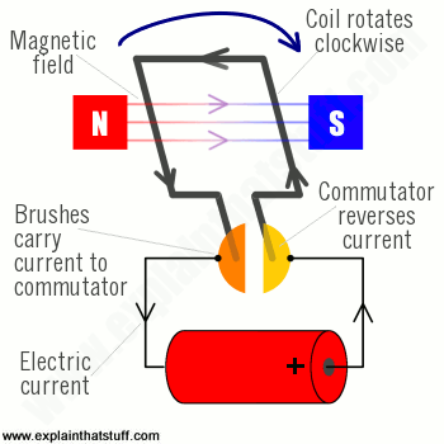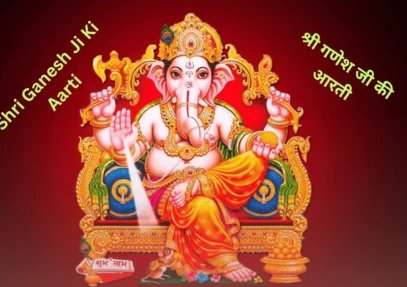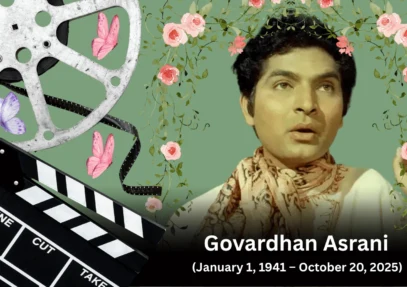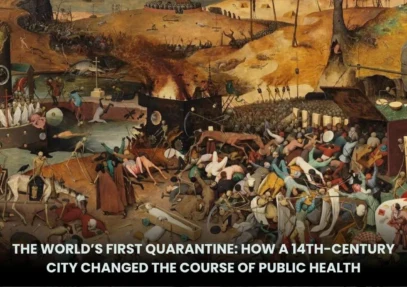What are the types of simple machines?
The correct answer is Only three. For horizontal tax devolution, the Fifteenth Finance Commission used the following criteria in addition to population, area, and income distance: Demographic performance: Yes, this was used as a criterion. Forest and ecology: Yes, this was used as a criterion. GoverRead more
The correct answer is Only three. For horizontal tax devolution, the Fifteenth Finance Commission used the following criteria in addition to population, area, and income distance:
- Demographic performance: Yes, this was used as a criterion.
- Forest and ecology: Yes, this was used as a criterion.
- Governance reforms: No, this was not a criterion used by the Finance Commission.
- Stable government: No, this was not a criterion used by the Finance Commission.
- Tax and fiscal efforts: Yes, this was used as a criterion.
Thus, three of the given criteria (Demographic performance, Forest and ecology, Tax and fiscal efforts) were used.
See less








Six
Six
See less